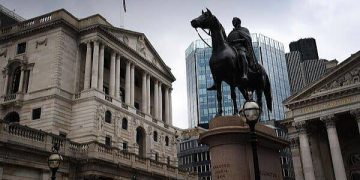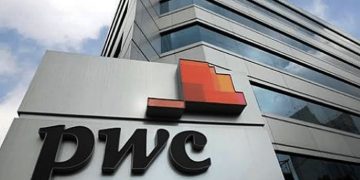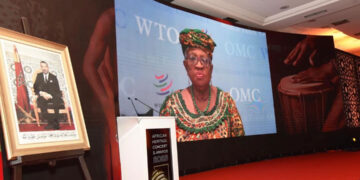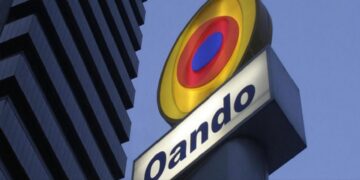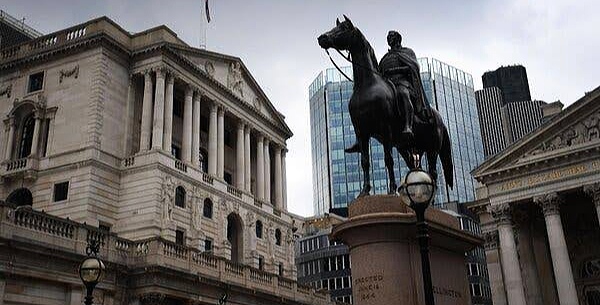By John Ikani
Key indicators of price growth monitored by the Bank of England (BoE) have not shown any relief in July, despite a significant decrease in the headline inflation rate, according to the UK Office for National Statistics.
The yearly rate of consumer price inflation eased to 6.8% compared to June’s 7.9%, as noted by the ONS. This was in line with the central bank’s projections and moved further away from the peak of 11.1% recorded in October.
The reduction in the headline rate was due to declining energy prices, a development that will be welcomed by British consumers who have experienced higher inflation compared to most other developed countries.
However, signs of persistent inflation in core measures and consumer service prices mirrored concerns expressed by BoE policymakers this month, highlighting the increasing likelihood of sustained high inflation.
Core inflation, which excludes energy and food costs, held steady at 6.9%, the same as in June, and surpassed expectations.
Services inflation, primarily influenced by domestic inflationary pressures arising from wages, increased to 7.4% from 7.2%, slightly higher than the BoE’s earlier forecast.
Nevertheless, the Pound Sterling registered a minor uptick against the U.S. dollar following these statistics, reinforcing expectations that the BoE will continue its series of interest rate hikes.
